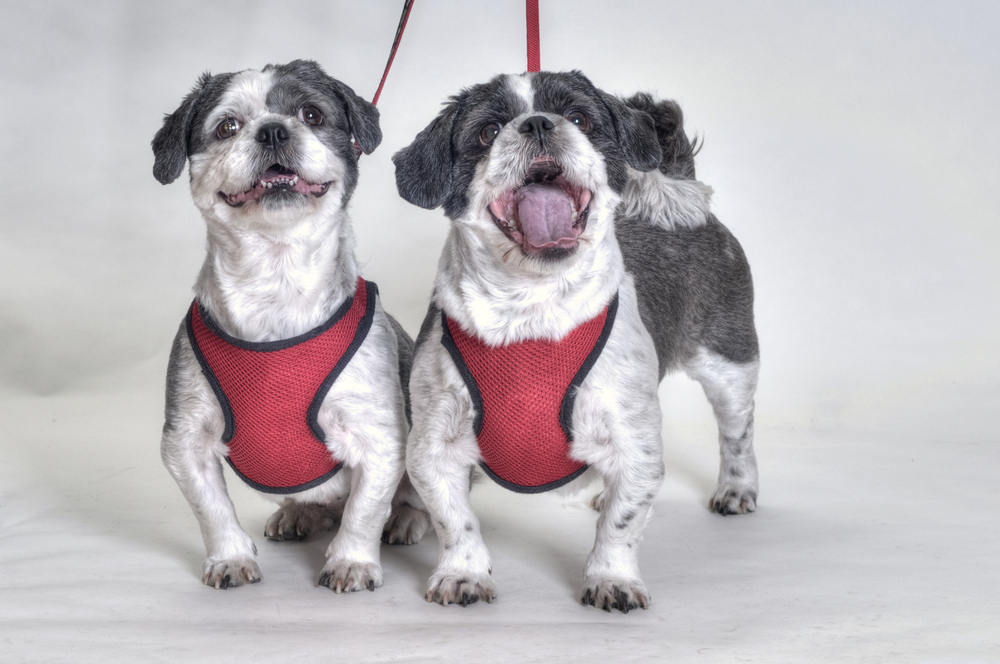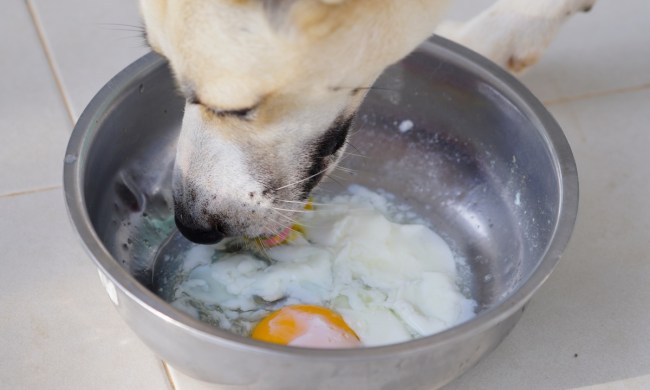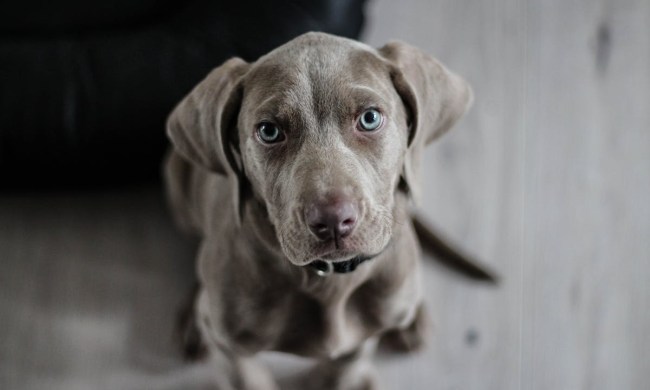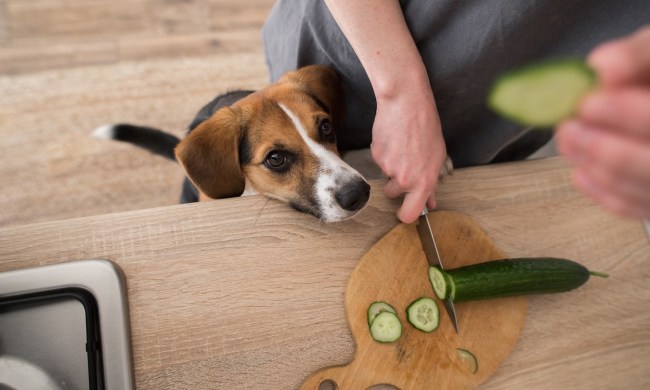From casual garments and sportswear to fashion wear and dog apparel, mesh fabric has definitely made a name for itself. The same breathability of this material that makes it great for people clothes makes it a great choice for dog accessories, especially for dogs with sensitive skin. If you’re ready to purchase a harness for your small dog, consider one made of mesh. Here’s how to put a harness on your dog and how to choose the right style and fit.
What is a mesh harness?
Look in any pet store or online outlet, and you’ll see a variety of pet harnesses. From chains to nylon straps to fabric vests, there’s a style of harness to fit every size and personality of canine.
Mesh harnesses are made of nylon or polyester fabric and often look like a vest. The breathable, lightweight fabric helps keep dogs cool, which makes them a great option for long-haired dogs in particular to wear in warm weather. The flexible fabric is perfect for dogs with sensitive skin who might be bothered by wearing a harness made of heavier material.
Most of these harnesses have a back clip where the leash attaches. This helps distribute pressure evenly on your dog’s body, instead of putting strain on his neck and back. Many now offer reflective fabrics as well, which helps provide greater visibility when it’s dark outside. And for the fashionista in us all, the options cover a wide variety of colors and styles.

How to find the right-size harness for your dog
Fitting a dog harness correctly is crucial if you want to keep your pet in control. Your pup can wiggle free from a harness that’s too big, while one that’s too small might choke him. A harness fits correctly when two of your fingers fit easily between the harness strap and your dog’s body.
Most manufacturers size their harnesses according to a dog’s size, more specifically their chest and neck measurements. Here’s how to measure your dog for an accurate fit:
- Measure your dog’s neck by locating his shoulders and wrapping a measuring tape around his neck just above them.
- Measure your dog’s chest by finding the widest part of your dog and wrapping your measuring tape around this part of his body.
Use these measurements in combination with the manufacturer’s weight and size recommendations when purchasing your dog’s harness. If there’s any question, order the larger size.
How to put a harness on your dog
Before you attempt to put the harness on your dog, introduce him to it first. Let him sniff it, then drape it over his back without buckling it. Praise him and reward him with a treat as he relaxes. Once he appears comfortable, it’s time to try it on.
Harnesses come in two types: over-the-head and step-in.
Over-the-head harnesses are slipped over the head.
- Loosen the harness and slip the neck piece over your dog’s head, using a treat to entice him, if necessary.
- Pass the straps between your dog’s front legs and under his belly.
- Bring the straps behind the legs and around the belly to meet the buckle on the back piece. Note that some harnesses may have two buckles, one on each side.
- Fasten the buckles.
- Adjust the fit.
The same instructions apply for step-in harnesses, with a few exceptions.
- Lay the harness on the ground in front of your dog and gently put his paws through each leg opening. Note that some harnesses may have only one leg opening.
- Pull the sides up and around his belly to buckle.
Getting acquainted
Let your dog wear the harness around the house a few times before taking him outside for a trial run so you can watch how he walks in the harness. Signs of an ill-fitting harness include:
- Rubbing and hair loss around the harness
- Difficulty or refusal to walk
- Ability to wiggle free
- Harness shifts when walking
If any of these situations occur, try adjusting the straps for a better fit. If that doesn’t address the problem, take note of where the problem area is before you try another style of harness.
Once your dog is familiar with his new harness, take a test walk in the backyard or other contained area. Be patient and reward forward progress with praise and playtime. With love and a little practice, your dog will look forward to wearing his harness, and you’ll be happy knowing he’s safe and healthy.



